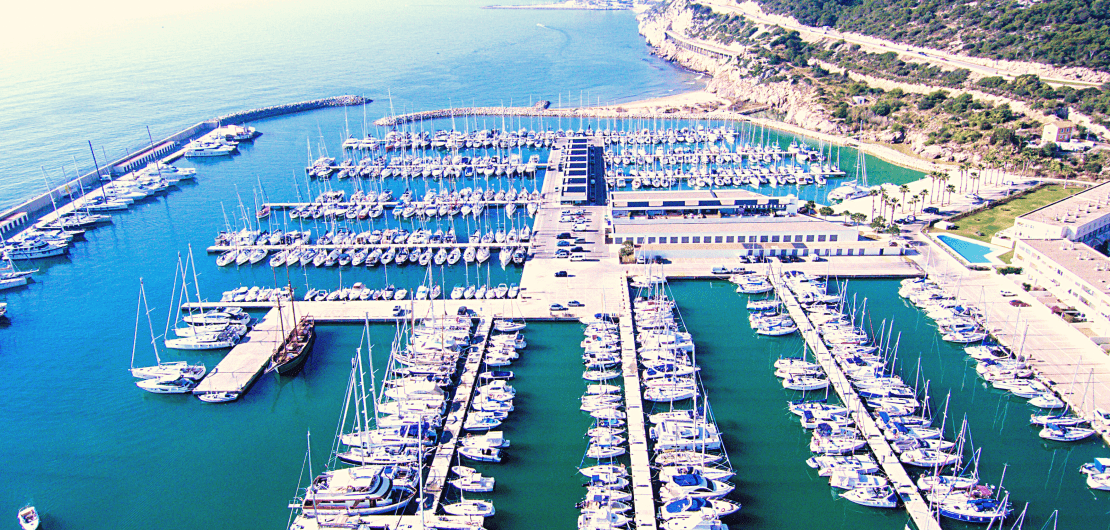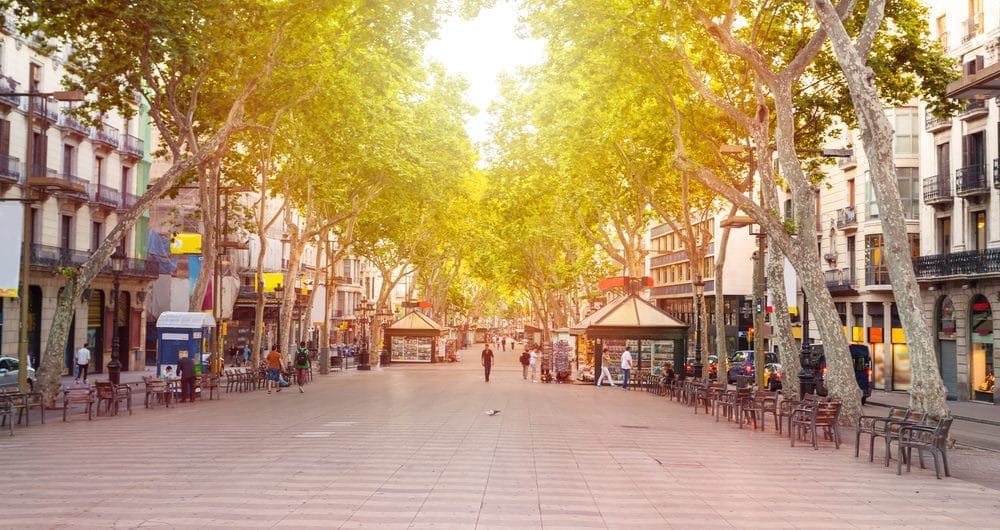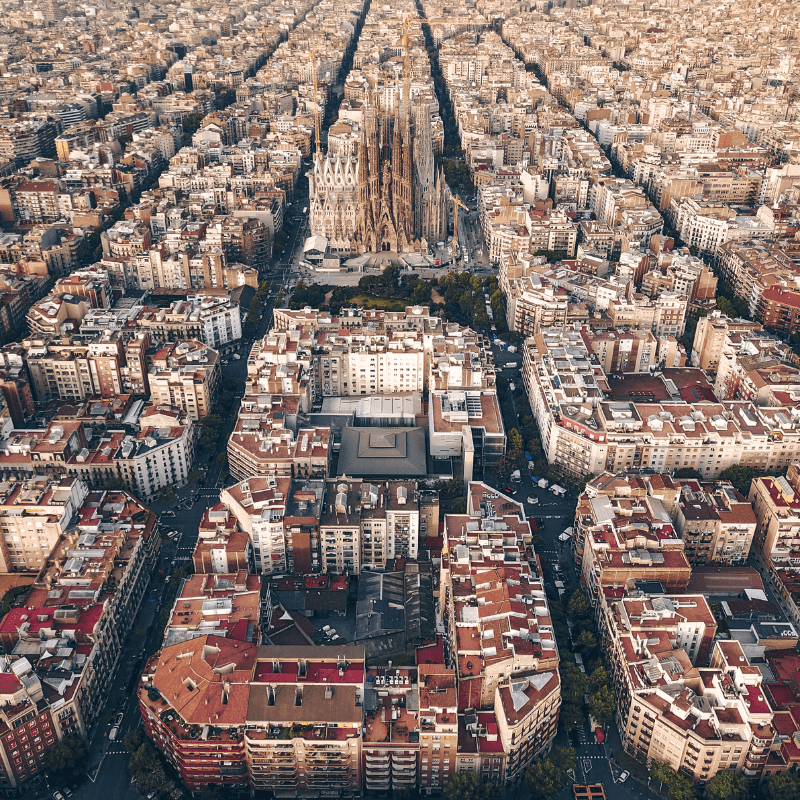 Spain
Spain
Port Ginesta Marina
Port Ginesta Marina
Port Ginesta Marina is just a short distance from Barcelona International Airport. It has 1400 pontoon marine berths and lots of hard standing. It is excellent for boat preparation and service work. Dozens of professional marine engineering boat services operate within Port Ginesta. You will find riggers, GRP repair centres, engineers and carpenters who have made this Port home for their operations. We offer Yacht Project Management Services; we can arrange any boat maintenance you need and manage the local engineers on your behalf.
The marina is just a short walk from Castelldefels, a busy holiday town. Great food is available from many high-quality bars and restaurants. You can find bars in the Port Ginesta marina and along the beach area of Castelldefels.
Port Ginesta is one of the busiest ports for commissioning in the Mediterranean, thanks to simple road access and sailing to Mallorca or beyond. It also helps that the wind is much more settled in Barcelona than further north, such as in Roses (Girona) or along the western end of the southern French coastline.
Castelldefels beach area
Castelldefels has more than five kilometres of wide sandy beaches. It’s a popular and desirable tourist destination in summer, full of restaurants, lounge beach bars and music. This place is well-known for being a perfect location for water sports such as surfing, canoeing, and kite surfing.
Port Ginesta is also an ideal place for jogging and lovers of keeping fit. During the early morning, the sunrise can be just staggering. Some of our Castelldefels sunrise photos on the beach inspired us during the early days of starting our company. During the early mornings, we found the beach to be such a great place for quiet contemplation before the hustle and bustle of visitors brought the area to life.
Castelldefels town centre
If you need something besides the beach, why not venture into Castelldefels town centre? Try a walk up to the Castle and soak up the stunning view before settling down to dinner in one of the town’s hundreds of bars and restaurants. The town is just a short distance back from the beach. The city has been an upmarket suburb of Barcelona for many years, offering an outstanding balance of homes and facilities. Castelldefels is one of the most challenging places to buy an apartment, especially in the centre, where modest apartment blocks line the well-maintained pedestrianised zone.
Port Ginesta, a natural environment
Based within Garraf National Park southwest of Barcelona City, the park includes all regions surrounding Garraf and the Catalan Coastal Range.
The Marina borders the Llobregat River, where it joins the Mediterranean Sea. It occupies an area of 12,820 hectares. The ground is predominantly rocky, having a lunar aspect to much of the exposed area. There are numerous deep underground caves and caverns. Over millions of years, they have been formed by water on limestone.
These spectacular geological features also occur at the precise location of Port Ginesta Marina. They exit the limestone caves as natural freshwater springs. They are at the base of the hill in the Marina next to the south beach described below. You can learn more about Port Ginesta’s history by following this link.
Combined with Port Ginesta facilities lies a beautiful beach called Cala Ginesta, hidden from the Marina by the rocky port backdrop. This beach is part of the Garraf National Park. Therefore, the public enjoys access via the harbour at all times. A landscaped road and footpath leading to the beach were designed by architect Bet Figueras, who incidentally also designed Barcelona’s world-famous Botanical Garden.





